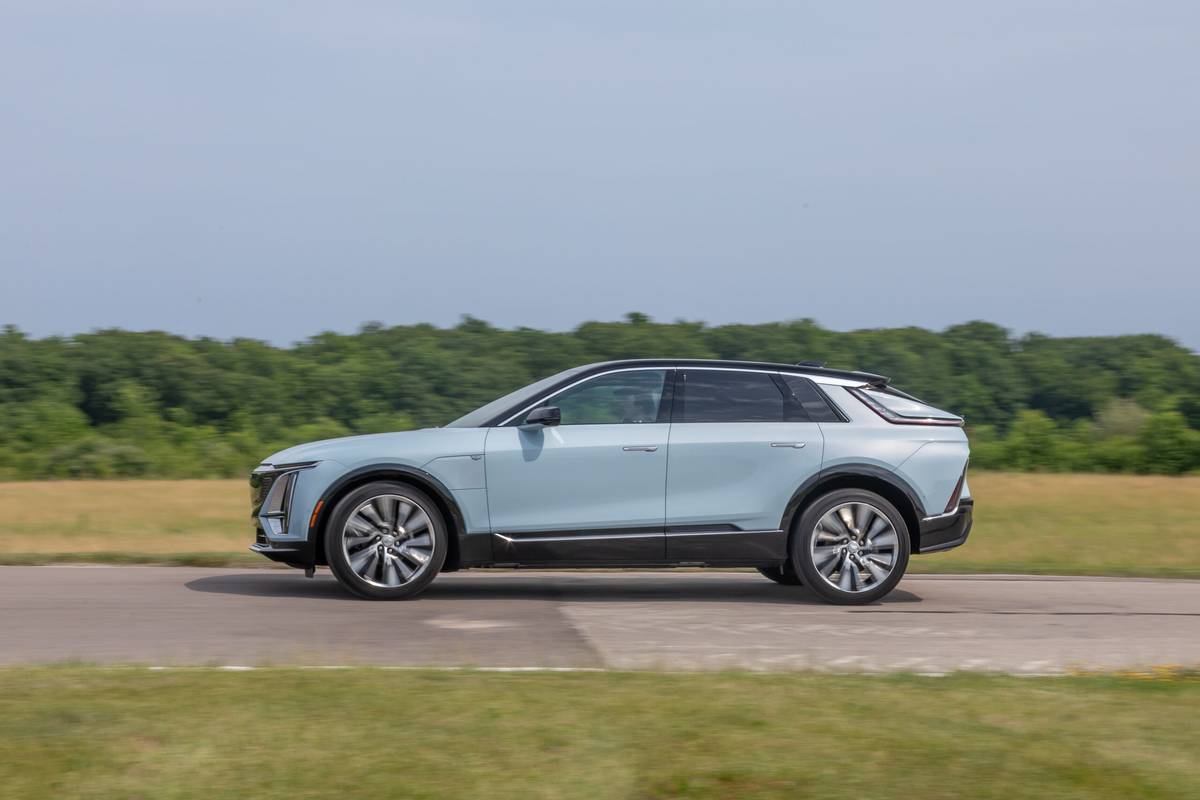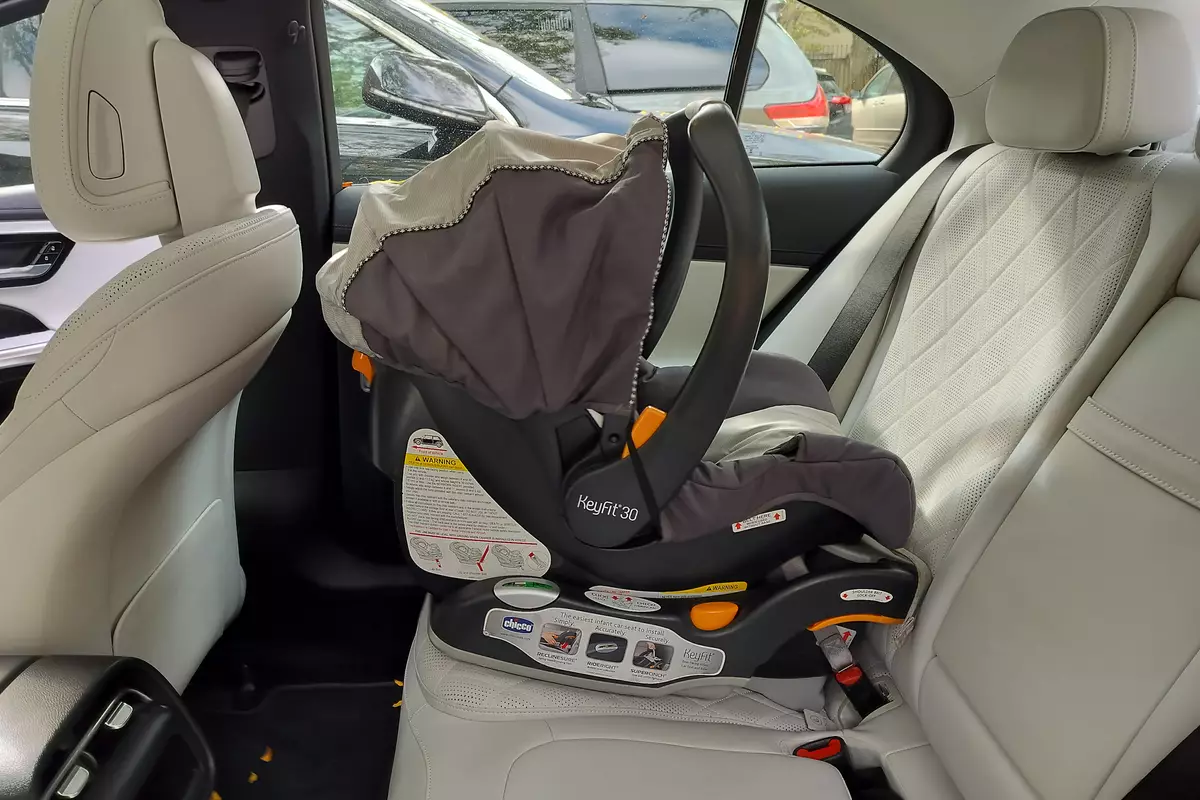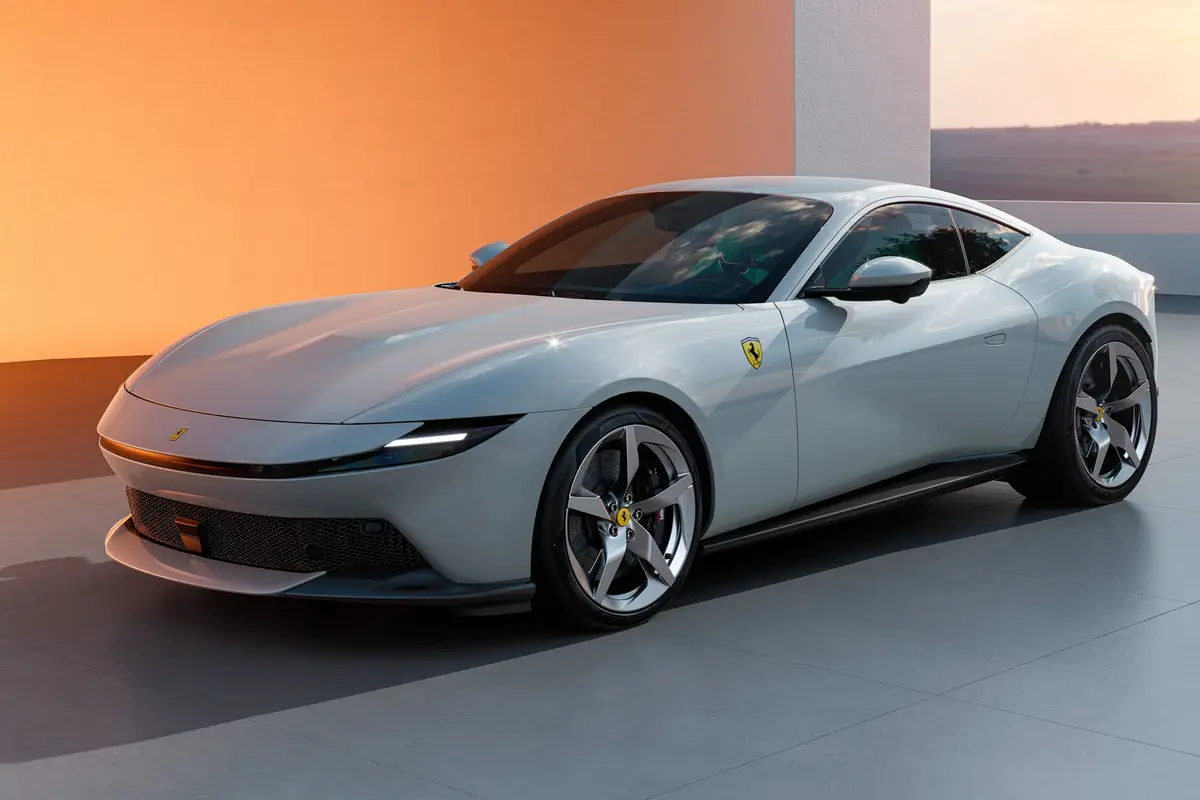Star-Telegram.com's view
The 2009 Flex, Ford’s all-new family-hauling crossover, is now trickling to market, getting a jump on probably its biggest domestic competitor, Chevy’s also-new Traverse.
Ford began sending the boxy Flex – which looks something like a giant version of the Honda Element – to seven metropolitan regions in June, and now says it will roll out the vehicle to the rest of the nation by September.
But the introduction is so slow that some dealers, particularly smaller ones in rural areas, will have a severely limited supply for at least a while, as Ford ramps up production at the Oakville, Ontario, plant where Ford also assembles its two midsize crossovers – the Ford Edge and Lincoln MKX.
That plant was supposed to have added a third shift to help build up the supply of Flex models for the nationwide rollout, but Ford said it has delayed adding the new shift indefinitely as the automaker deals with the slowdown in the auto market and continuing financial losses.
Dealers, though, are depending on the Flex to help drive showroom traffic this fall and winter, as it’s the only all-new product they will get until the delayed 2009 F-150 pickup arrives, probably late in the fourth quarter.
The redesigned F-150 was to have gone on sale in September. But Ford has held it back to allow dealers time to sell off a glut of leftover 2008 F-150s, which have been languishing on lots as consumers have turned to more-fuel-efficient smaller vehicles in response to $4-a-gallon gasoline.
Bringing the Flex to market from the Fairlane concept that was unveiled at the 2005 Detroit auto show has been a slow and seemingly grueling process.
Ford introduced the production version of the Flex at the New York auto show in March 2007, and it’s been almost a year since I saw the vehicle at the 2007 San Antonio auto show. It also was on display at the Detroit auto show in January.
Why it’s taken so long to reach market is something of a mystery, but it might have to do with the vehicle’s polarizing appearance. I happen to think it’s very cool, and its boxy exterior shape allows for an enormous interior that can hold up to seven people and a whole lot of stuff.
But as with the Element, a boxy vehicle like this isn’t to everyone’s taste. Some people are going to hate it. Ford, though, has no choice but to bring it to market; the automaker has a lot of money invested in the Flex, and it has no other seven-passenger crossover – something it desperately needs to replace the nearly-dead Explorer SUV and compete against the new Traverse and its General Motors Corp. stablemates, the Buick Enclave, GMC Acadia and Saturn Outlook.
Flex prices range from $28,295 (plus $700 freight) for the base front-drive SE model to $36,555 for the top-of-the-line Limited all-wheel-drive version.
The Flex helps expand Ford Motor Co.’s already good selection of crossovers, which include the Edge and MKX, as well as the compact Ford Escape and Mercury Mariner, which also are offered in gasoline-electric hybrid versions.
There also is the Taurus X, a six-passenger wagon based on the Taurus sedan, and formerly known as the Freestyle.
The Explorer and Ford’s full-size SUV, the Expedition, are increasingly being passed over in favor of the new crossovers.
Ford said earlier that there were no plans to discontinue the Expedition after the Flex arrived. But if gasoline prices remain high – or keep rising – that’s certainly a possibility.
Although the Flex and the Expedition both can carry seven people, the Expedition can pull trailers weighing up to 9,000 pounds, while the Flex is limited to 4,500 pounds. That will make the Expedition the preferred vehicle for those with the bigger trailers. But those who are more interested in a vehicle’s people-moving abilities might be happier with the Flex.
Under the hood is a 3.5-liter V-6 engine rated at 262 horsepower and 248 foot-pounds of torque. This engine already is used in the Edge and several other Ford products.
EPA ratings for the Flex are the same as for the Traverse – 17 miles per gallon city/24 highway for the front-drive model.
Optional is Ford’s intelligent all-wheel-drive system, which “uses an active, on-demand electronic center coupler to allocate a precise amount of torque from front to rear – up to 100 percent to either axle,” Ford says. Mileage for the all-wheel-drive version is 16 city/22 highway.
Flex’s exterior styling is similar to that of the Jeep Commander, a full-size SUV that offers a similar unibody construction and seven-passenger capacity. Unlike the Commander, though, the Flex does not offer an off-road-capable four-wheel-drive system with a two-speed transfer case.
The lack of such off-road agility puts it squarely in the crossover class, where the majority of drivers are women and the driving generally involves taking kids to school and soccer practice.
Very important to those customers are a vehicle’s safety features, and that’s an area where the Flex shines.
To help keep the body strong enough to withstand crash forces, the Flex has side intrusion beams in the doors, high-strength boron steel and specially designed, energy-absorbing interior door trims, Ford said.
Safety equipment available on the Flex includes a rear back-up camera mounted in the bottom of the tailgate. The system will automatically activate when the transmission is shifted into reverse, giving a fisheye lens view of the entire area behind the vehicle, using the in-dash screen of the navigation system. A reverse-sensing system is included as well, which sounds an alarm if the vehicle nears a solid object while backing up.
Standard is Ford’s AdvanceTrac electronic stability control system, which includes roll stability control. This system is designed to help keep the vehicle on track in the event of a panic maneuver, and prevent a possible rollover.
The vehicle also is equipped with Ford’s Personal Safety System, which includes dual-stage driver and front-passenger air bags, thorax side air bags for front seat occupants, safety belt pretensioners, and a weight-sensing system for the front passenger seat. Also included is the Ford Safety Canopy side-curtain air bag system, which covers all three rows of seats.
Among other safety features are child safety locks on the rear doors and a tire-pressure monitoring system.
The Flex has the new face of Ford products that is also seen on the Edge, Taurus X and Fusion. That includes Ford’s signature chrome horizontal three-bar grille.
The Flex is offered with an optional multi-panel sunroof, which gives occupants of all three rows their own view of the sky.
Standard are 18-inch wheels, but 19-inch bright aluminum wheels are optional.
Inside, the vehicle is designed with comfort in mind, Ford says. “Tweed-like” fabric covers the seats of the base SE model, while the midlevel SEL has upgraded cloth seats. The Limited has leather seats.
Exclusive to the Flex is an optional refrigerated console between the second-row captain’s chairs. It can cool bottles or cans of soft drinks to 41 degrees in two-and-a-half hours, which Ford says is “40 percent faster than a standard home refrigerator.”
The second-row seats are designed to have best-in-class legroom, and they come with adjustable and removable footrests. The second and third rows of seats can be folded flat into the floor to increase cargo space dramatically.
Audio systems include Ford’s SYNC system that allows for voice-command operation of a cell phone or iPod, and Sirius satellite radio.
The automotive columns of G. Chambers Williams III have appeared regularly in the Star-Telegram since 1995. Contact him at 210-250-3236; chambers@star-telegram.com.
Latest news



